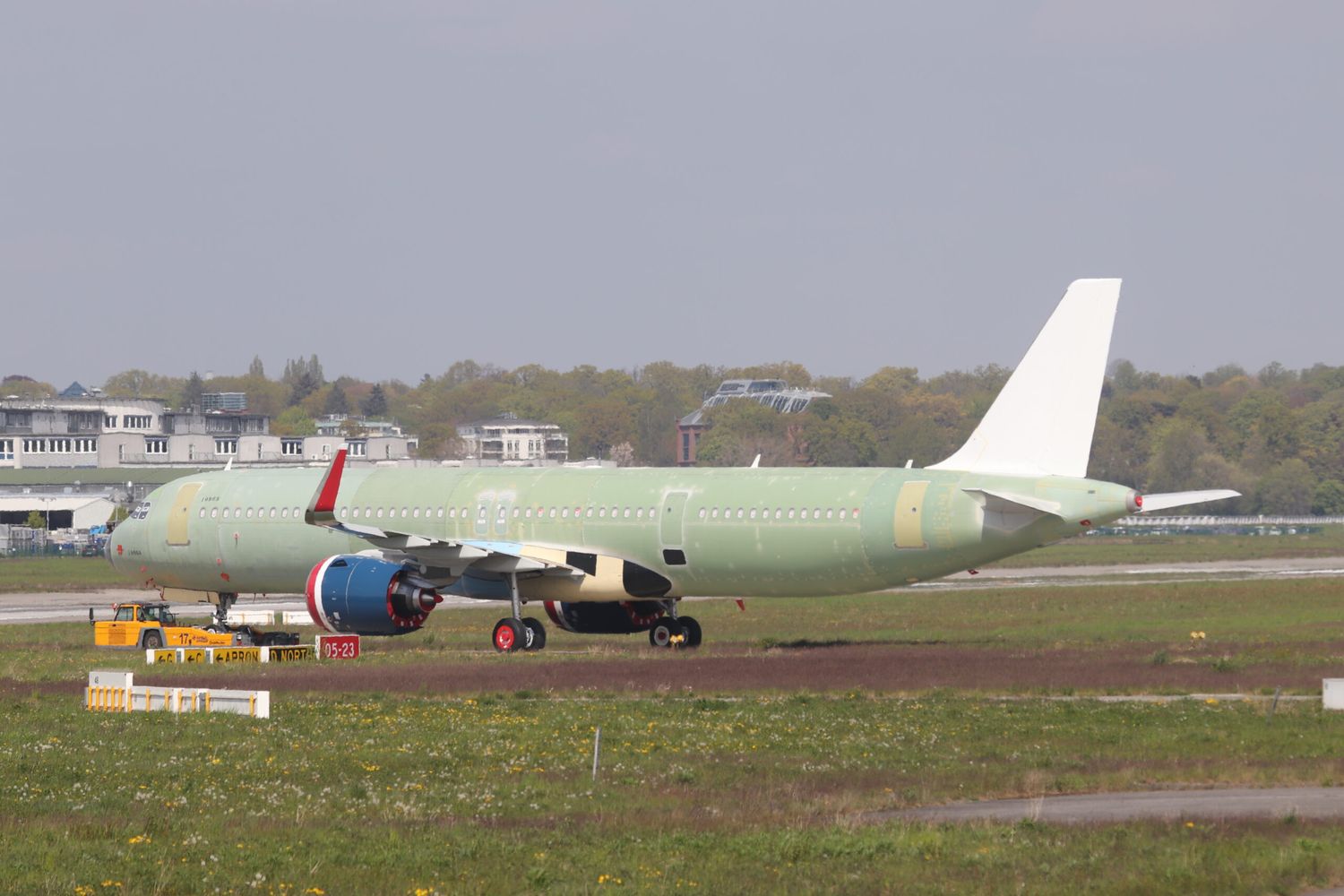Growing up as an aviation enthusiast in Brazil, I would hear every five minutes that the worst aircraft to fly, domestically, were the Airbus A321 operated by TAM — now LATAM. Why? Because of their 220 seats, people would say, and its seat pitch, that would be, in the view of these flyers, the smallest in the country.
But you see what difference 10 years make: TAM joined with LAN to make LATAM and this major airline is now suffering from competition from airlines such as JetSMART. And last week, JetSMART’s first A321neo left the factory. The number of seats? 244… 24 seats more than TAM’s in the same basic fuselage.

Add the fact that Airbus claims to the A321neo 20% less fuel burn per seat compared to the old generation and you have a real low-cost juggernaut.
Obviously this doesn’t come by merely squeezing the thinnest slimline seats; the A321 that JetSMART is incorporating is an «ACF» (Airbus Cabin Flex), a project that applies small changes to the door configuration, compared to older Airbus A321neo, to leave space for even more seats.
So while you may think that adding even more seats to an already crammed fuselage could be something bad… there isn’t much difference from the pitch you’ll experience from an «old» A321 to one of these 244-seaters. The space between seats is practically the same: around 28 inches.
What’s most importantly, then, is the efficiencies that aircraft like the A321 with the ACF cabin can create. By carrying about 9% more people with the same fuselage, the unit cost becomes low enough that it prompts airlines to stimulate even more demand, carrying even more passengers.
That’s a logic that, in Europe, was first introduced by the low-cost carriers, especially Ryanair. The airline gained a new boost in this regard as it started, last year, to add to its fleet the Boeing 737 MAX 8200.
The aircraft, which the company labeled the «Gamechanger» to avoid using the word «MAX», really stands for its name, though: while it is essentially a re-engined Boeing 737-800, it can now carry 197 passengers instead of 189. It adds the benefits of the new engine with the fact that it can carry even more people, driving down costs even more.
While it is an anecdotical example I have flown Ryanair’s MAXes several times, and I can guarantee the space between seats is the same I saw in their 737 NGs — by the way, I wrote about my first experience in the 8200: you can read it clicking here.

Going back to Airbus, the benefits for consumers are visible in Europe by the wings of Hungarian low-cost carrier Wizz Air. The airline, which was already large in the Eastern part of the continent, is aggressively growing Westwards.
Because the Western part of the continent faces more competition (and it is also more exposed to Ryanair’s MAX 8200 aircraft), the ACF cabin becomes a very important asset for them.
Take Romania, for instance; there, Wizz is by far the largest carrier, counting with 4,970 departures to and from the country this month, according to Cirium’s Diio Mi application — Ryanair has 1,630. Out of these, a mere 1,068 are operated by neo aircraft.
In Italy, however, out of 6,724 departures to and from the country operated by Wizz, 4,384 are operated by neo aircraft. That’s almost as large as their entire Romania operation, but the proportion of neo aircraft in the country is nearly the triple as in the Eastern European nation.
That’s potentially because of the direct competition they face in their Italian bases: Ryanair operates 29,198 flights to and from the country this month, according to Cirium.
That only goes to show the importance of these new aircraft for Wizz. Without them and their lower unit cost, the carrier would likely not be as aggressive in these new markets as it is now. And the airline is very aggressive: it is very easy to find fares for as low as EUR4.99.

And that’s a logic that will very likely be imported (well, it has already been) to Latin America with JetSMART, which has the backing of Indigo Partners, the same fund that was, until 2021, Wizz’s largest shareholder.
So as long as it can keep stimulating demand with low fares, these aircraft will be very welcome; in this case, 244 is much better than 220… and what’s even better, with the same seat pitch as before.


Comentarios
Para comentar, debés estar registrado
Por favor, iniciá sesión